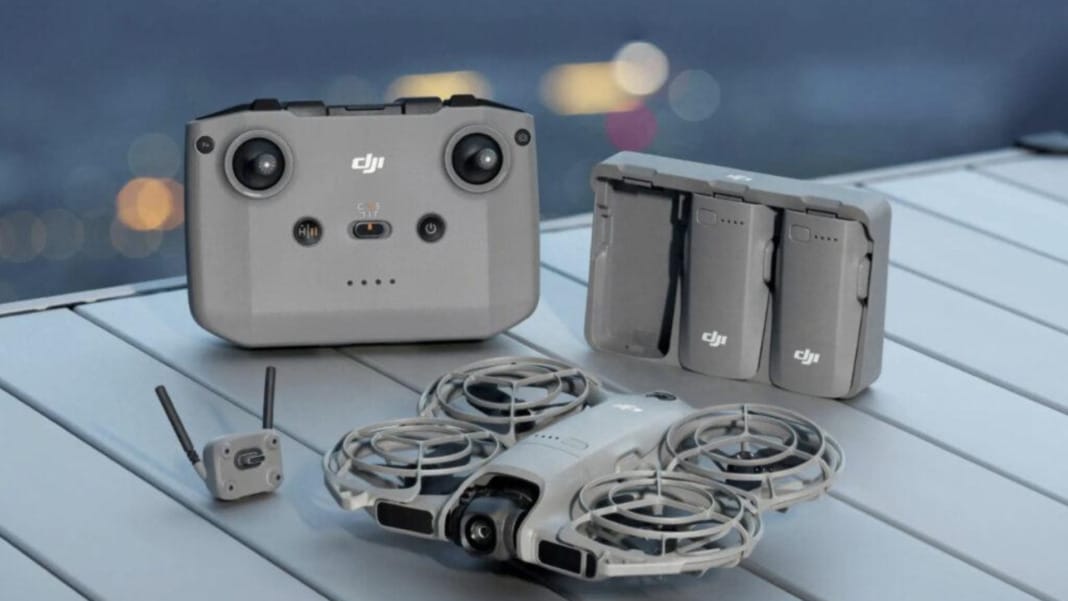DJI has introduced the Neo 2, a new version of its compact selfie drone, offering major upgrades in performance, safety, and camera capabilities. The launch follows last year’s debut of the original Neo, marking a significant step forward for users seeking a more advanced yet portable aerial filming experience.
Those interested in viewing official images and detailed specifications will need to switch DJI’s website region setting to Hong Kong or China, as the product is currently only available on the Chinese site.
Advanced obstacle avoidance with LiDAR technology
The standout feature of the Neo 2 is its new LiDAR-based obstacle avoidance system. This technology, combined with downward-facing infrared sensors, helps the drone detect and avoid objects with far greater accuracy than before. DJI has also retained the integrated propeller guards from the previous model, further improving flight safety.
The addition of LiDAR means the Neo 2 can follow subjects more confidently, even in complex environments. The company has designed it with everyday users in mind, particularly those who enjoy capturing fast-paced selfie videos without worrying about crashes or interruptions.
Another notable enhancement is the inclusion of gesture control. Pilots can now adjust the drone’s position and distance by moving their hands, allowing for smoother control when recording on the go. As before, the Neo 2 remains compatible with both motion controllers and DJI’s RC-N3 remote controller.
Improved performance and flight stability
The Neo 2 is not only smarter but also faster and more resilient. DJI has increased its top speed to nearly 27 miles per hour, a substantial jump from the original model’s follow speed. DJI also confirmed that the drone can maintain a stable hover in winds of up to around 24 miles per hour, making it more capable in challenging outdoor conditions.
Battery life has also been improved. The upgraded 1606mAh rechargeable battery provides up to 19 minutes of flight time per charge—slightly longer than the original model’s 14 to 17 minutes. The improved endurance makes the Neo 2 more practical for longer filming sessions without frequent recharging.
Although these upgrades have increased the drone’s overall weight from 135 grams to 151 grams, the added stability and flight time are likely to outweigh this small increase for most users.
Upgraded camera and storage capacity
DJI has maintained the same half-inch image sensor found in the first-generation Neo but enhanced the camera system with a dual-axis gimbal for smoother footage and reduced vibration. The field of view has been expanded, allowing for more immersive shots, and the camera can now record 4K video at up to 60 frames per second. When flown manually, the frame rate increases to 100 frames per second for even smoother motion capture.
Internal storage has undergone a significant upgrade, increasing from 22GB to 49GB, providing users with more space to record and store high-quality video without relying on external storage.
At launch, the Neo 2 is priced at 1,499 Chinese Yuan, which converts to approximately US$211. The model is currently exclusive to China, and DJI has not announced any plans for international release. However, given the popularity of the original Neo—previously dubbed “the best US$200 drone ever made”—many enthusiasts hope DJI will expand availability soon.





